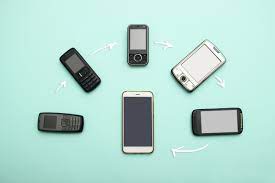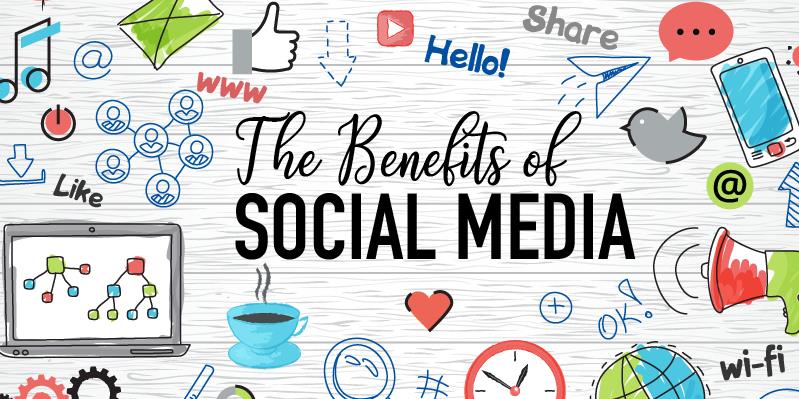Evolution of Smartphones and Impact on Communication
A journey through the evolution of smartphones and explore the significant impact they have had on communication over the years.

Describe the Evolution of Smartphones and Impact on Communication
In the ever-evolving landscape of technology, few innovations have had as profound an impact on our daily lives as smartphones. These pocket-sized devices have come a long way since their inception and have fundamentally transformed the way we communicate.
In this blog post, we will take a journey through the evolution of smartphones and explore the significant impact they have had on communication over the years.
The Birth of the Smartphone
The concept of a smartphone, a device that combines the functionality of a mobile phone with that of a personal digital assistant (PDA), can be traced back to the early 1990s. The first commercially available smartphone, the IBM Simon, was introduced in 1994.
It featured a touchscreen interface, could make calls, send faxes, and even had basic apps like an address book and calendar.
However, the IBM Simon was a niche product, and it would take several more years for smartphones to become mainstream. The late 1990s and early 2000s saw the introduction of devices like the Nokia Communicator series and the BlackBerry, which combined mobile communication with email capabilities.
These devices were the precursors to the modern smartphone but lacked the expansive app ecosystems we are familiar with today.
The Rise of Apple's iPhone
The real turning point in the evolution of smartphones came in 2007 with the introduction of the original iPhone by Apple. The iPhone revolutionized the industry with its sleek design, multi-touch interface, and the introduction of the App Store in 2008.
Suddenly, consumers had access to a vast ecosystem of applications that could perform a wide range of functions beyond calling and texting.
The iPhone's success spurred competition and innovation in the smartphone market. Companies like Samsung, Google, and later Chinese manufacturers like Huawei and Xiaomi entered the scene, offering a variety of Android-based smartphones. This competition led to rapid advancements in hardware and software, resulting in increasingly powerful and feature-rich devices.
The Impact for Evolution of Smartphones Communication
Now that we've traced the evolution of smartphones, let's delve into their profound impact on communication:
Instant Communication: Smartphones have made it possible for people to stay connected 24/7. With instant messaging apps, email, and social media platforms, individuals can send and receive messages, photos, and videos in real-time, regardless of their location.
Voice and Video Calls: While traditional voice calls are still a primary function of smartphones, the introduction of high-quality video calling has further enriched the way we communicate. Services like FaceTime, Skype, and Zoom have become essential tools for both personal and professional interactions.
Text Messaging: Text messaging, or SMS, was the primary form of written communication on early mobile phones. Smartphones brought about the evolution of SMS into more versatile messaging apps like WhatsApp, Facebook Messenger, and iMessage. These apps allow for multimedia sharing, group chats, and voice messages.
Social Media: The integration of social media apps on smartphones has revolutionized the way we share our lives. Platforms like Facebook, Twitter, Instagram, and TikTok have given users the ability to share their thoughts, experiences, and creativity with a global audience instantly.
Email on the Go: Smartphones have transformed email into a mobile-friendly communication tool. With push notifications and synchronized email accounts, professionals can stay connected to their work even when away from their desks.
GPS and Location Sharing: GPS technology in smartphones has made it easier to navigate and share locations with friends and family. Services like Google Maps have become essential for finding directions, exploring new places, and even tracking the whereabouts of loved ones.
Multimedia Messaging: With high-quality cameras and multimedia capabilities, smartphones have enabled users to share photos, videos, and audio recordings seamlessly. This has added depth and emotion to our digital conversations.
Accessibility Features: Smartphones have also revolutionized communication for individuals with disabilities. Features like screen readers, voice commands, and specialized apps have made it easier for everyone to stay connected. Language translation apps have further facilitated cross-cultural communication.
Work and Collaboration: Smartphones have also transformed the way we work and collaborate. Apps like Slack, Microsoft Teams, and Google Workspace enable remote teamwork and communication, making it possible to work from anywhere.
Challenges and Concerns
While smartphones have undeniably enhanced communication, they have also brought about some challenges and concerns:
- Digital Distraction: The constant connectivity smartphones provide can lead to digital distraction and addiction, affecting productivity and mental well-being.
- Privacy and Security: The increasing amount of personal data stored on smartphones has raised concerns about privacy and security. Users must be vigilant about protecting their information.
The Future of Smartphone Communication
As we look to the future, it's clear that smartphones will continue to shape the way we communicate.
In conclusion, the evolution of smartphones has had a profound and far-reaching impact on communication.
While they have brought about challenges and concerns, their potential for positive change and innovation in communication remains vast.
What's Your Reaction?
















